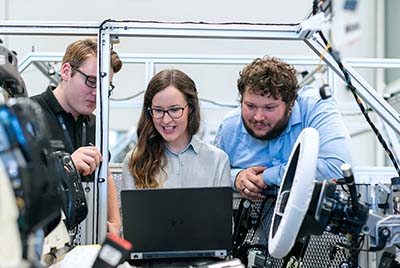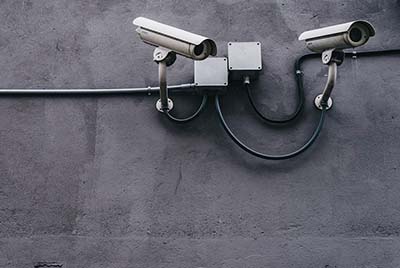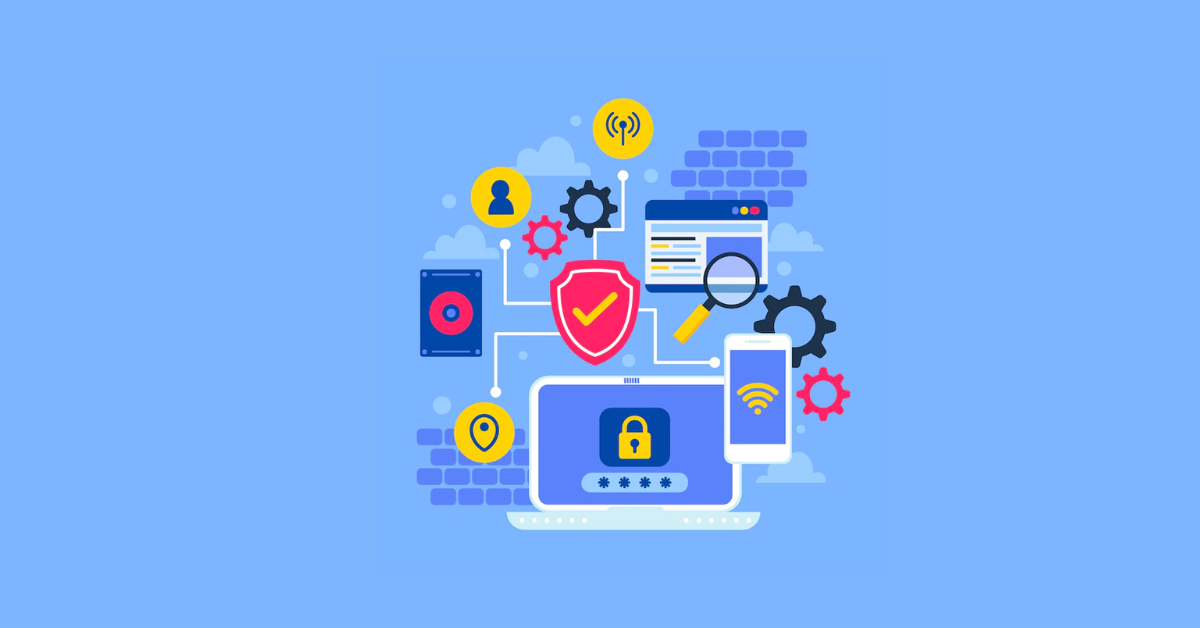Quantum computing, unlike classical computing, depends on principles of quantum mechanism. Traditional computers use bit (0 or 1) for processing, while quantum computers use qubits. Qubits can use 0 or 1 simultaneously. Another fundamental concept is entanglement, which allows qubits to be interconnected, making the state of one qubit dependent on another.
- Quantum Mechanism-101- The recollection
– Basics of Cybersecurity
– Quantum Threat to Cryptography
– Quantum Key Distribution (QKD) - Here’s a Simplified Explanation of How QKD Typically Works
– Initialization
– Key Generation
– Sifting
– Error Rate Estimation
– Error Correction
– Secure Key - Real-world Applications and Progress of Quantum Cryptography
– Challenges and Opportunities
– Practical Implementation
– Integration with Existing Infrastructure
– Advancements in Quantum Computing - Conclusion
Quantum Mechanism-101- The Recollection
The Quantum numbers, principle, Angular momentum, Magnetic quantum numbers, and Spin Quantum Numbers.
Super positions-In quantum physics, superposition refers to the quantum system’s ability to exist in multiple states simultaneously. The system collapses into one of the possible outcomes only when a measurement is made. For example, the spin of an electron in a magnetic field can be defined as being either down or aligned with the field (up or down). Nevertheless, until it is measured, the electron can live in a superposition of both up and down spin states according to quantum physics.
Entanglement -One of the most enigmatic concepts in quantum mechanics is entanglement. The quantum states of two or more particles become interdependent when they get entangled, which means that regardless of how far apart they are, the states of the two particles are intimately coupled. Even if two entangled particles are located light-years apart, you may determine their states instantaneously by measuring the states of one of them. Einstein famously referred to these phenomena as “spooky action at a distance,” which defies conventional wisdom and has significant ramifications for quantum information and communication.
Basics of Cybersecurity
It aims to protect systems, networks, and data from cyber threats. Given the digital age safeguarding sensitive data from hacker’s software is paramount. Techniques such as encryption, where data is translated into the code to prevent unauthorized access are vital.
Quantum Threat to Cryptography
Quantum computing can challenge the existing cryptographic systems. Given that RSA encryption depends on the difficulty of factoring big prime numbers, this capacity poses a threat. Furthermore, because quantum computers can compute discrete logarithms more quickly than classical processors, they may potentially weaken ECC.
Quantum Key Distribution (QKD)
QKD is a method that allows the two parties to generate a shared, secret random number, ensuring a new level of security. The fundamental principle is the non-cloning theorem, meaning a quantum state cannot be copied precisely. The integrity of the key is ensured by the fact that if someone tries to intercept the quantum key, their interference will be noticeable. Using the ideas of quantum physics, QKD is a secure communication technique that creates a shared random secret key that Alice and Bob can use to encrypt and decrypt communications. The capacity of QKD to identify eavesdropping attempts is a crucial feature; if an eavesdropper (commonly referred to as Eve) attempts to intercept the quantum states needed for key creation.
Secure Your Data with Next-Gen Protocols – Visit GrapesTech Solutions Today!
Here’s a Simplified Explanation of How QKD Typically Works
Initialization
Alice and Bob decide on a classical communication channel (such as a standard phone line or internet connection) and a quantum communication channel (usually a fiber-optic link capable of sending qubits).
Key Generation
Bob receives qubits (quantum bits) that Alice has prepared in particular quantum states via the quantum channel. Bob uses measurement to glean information from the qubits they received.
Sifting
Alice and Bob discuss the results over the classical channel after the qubits are sent and measured. However, they simply disclose which measurements were successful and might be utilized to create the key; they do not disclose the actual values of the measured bits.
Error Rate Estimation
A subset of the shifted cells is selected to estimate the error rate. If the error rate is above the threshold it is assumed that the strong matches might be intercepting and the process is been cancelled.
Error Correction
If the error rate is low enough, Alice and Bob will proceed to correct the errors in the remaining sifted bits using the classical error corrections technique.
Secure Key
At the end of this process, Alice and Bob have identical secret keys that they can use for communication over an insecure channel. Key distribution is theoretically secure assuming the perfect implications and adherence to quantum mechanics principle. In practice, however, various imperfections such as loss in the fiber-optic cables, noisy detectors, and other technology limitations can reduce security.

You might want to read
The Future of IT | Trends, Technologies, and Their Potential Impact On the IT Landscape
Real-world Applications and Progress of Quantum Cryptography
Quantum computing promises in cybersecurity have led to significant investment by corporations and governments. For instance, many companies are testing the QKD in real-world scenarios, trying it practically in secure communication. Furthermore, post quantum cryptography advances are finding their way into industry standards, guaranteeing secure protocols long into the future.
Challenges and Opportunities
While quantum computing presents innovative opportunities, issues such as maintaining qubit stability and scalability continue to exist. Due to interference from the environment, current quantum computers are prone to errors. Nonetheless, these difficulties offer chances for research. Improvements in hardware development and error correction may open the door to more reliable quantum systems and applications.
Practical Implementation
It is still difficult to scale up quantum cryptography systems to manage real-world networks and data rates. Many times, the limitations of current systems are caused by things like noise, distance, and the need for specific gear.
Integration with Existing Infrastructure
Another difficulty is integrating quantum cryptography into the current network architecture without interfering with normal operations. Ensuring interoperability and coexistence with traditional cryptography protocols is essential.
Advancements in Quantum Computing
The implementation of quantum-resistant algorithms and protocols becomes even more urgent with the emergence of quantum computers that can crack existing cryptography methods.
Conclusion
The future of cyber security is going to be completely changed by quantum computing. Although it poses challenges to established cryptographic techniques, it also provides unmatched security solutions such as QKD. The convergence of quantum computing with cyber security research is expected to lead to a transition towards more secure and durable cryptographic systems in the digital era.















